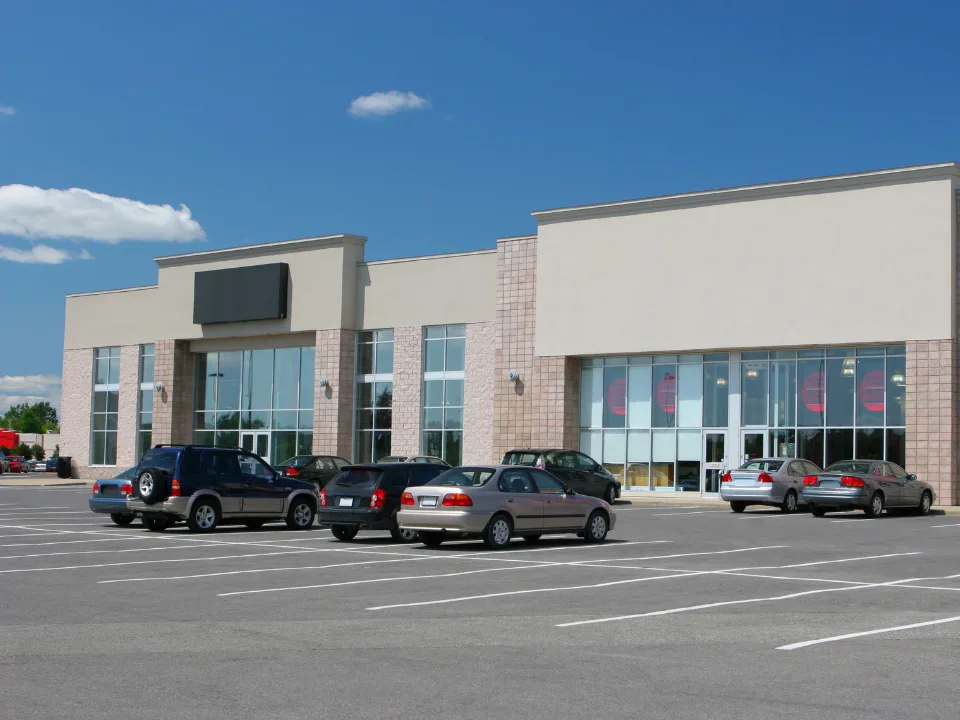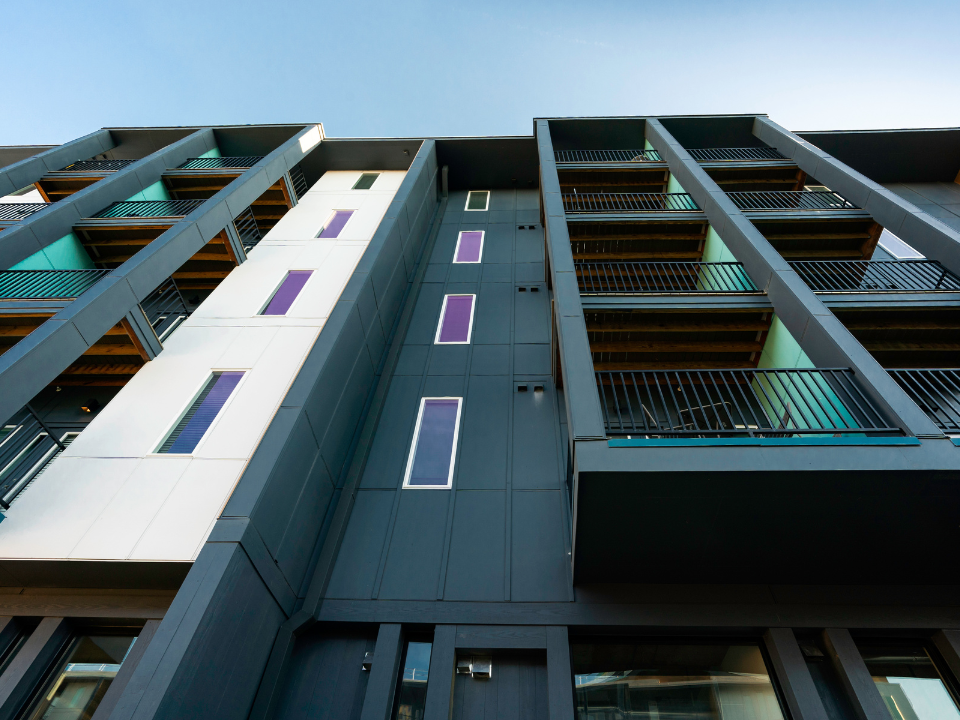- National apartment asking rents grew only 0.2% YoY in October, with significant rent increases in Midwestern and select East Coast cities.
- Oversupplied Sun Belt markets led the decline, with cities like Tampa and Raleigh reporting rent drops as high as 8.8%.
- Lower federal interest rates are stimulating renewed investor interest, particularly in stabilized multifamily assets, while challenges persist in oversupplied markets.
As reported by GlobeSt, the U.S. multifamily market is experiencing uneven rent growth. In fact, October data from Redfin reveals stagnating national asking rents.
Regional Highlights
While Midwest and East Coast cities saw positive rent trends, the Sun Belt—particularly Tampa, Raleigh, and Austin—reported notable declines. Nationally, rent growth remained flat year over year, with October marking the 18th consecutive month of falling PSF rents.
Nationally, Virginia Beach led rent growth with an 11.7% YoY increase, followed closely by Washington, D.C. (11.1%), Cleveland (9.8%), Chicago (8.8%), and Baltimore (8.5%).
These cities contrast sharply with overextended Sun Belt markets like Raleigh, where rents dropped 8.8%, Tampa (-8.5%), Jacksonville (-8.4%), and Austin (-8.2%).
Redfin’s senior economist, Sheharyar Bokhari, attributes falling rents in Sun Belt cities to a glut of new apartment units that are outpacing demand. This oversupply has prompted property owners to offer more concessions to attract renters, a trend expected to continue through early 2025.
Get Smarter about what matters in CRE
Stay ahead of trends in commercial real estate with CRE Daily – the free newsletter delivering everything you need to start your day in just 5-minutes
Impact on Investments
Falling rents in oversupplied markets, coupled with recent Federal Reserve rate cuts, are reshaping the investment landscape in multifamily real estate.
As borrowing costs go down, investor interest is slowly reviving, especially for stabilized multifamily properties in markets with steady rent growth. Lower financing costs are expected to ease pressure on borrowers, providing refinancing opportunities while boosting deal activity.
However, markets burdened by high vacancy rates and concessions will face compressed returns. In regions like the Midwest and East Coast, where supply is more balanced, rent growth remains steady. This dynamic is anticipated to lead to modest growth in multifamily investment in the months ahead.

















